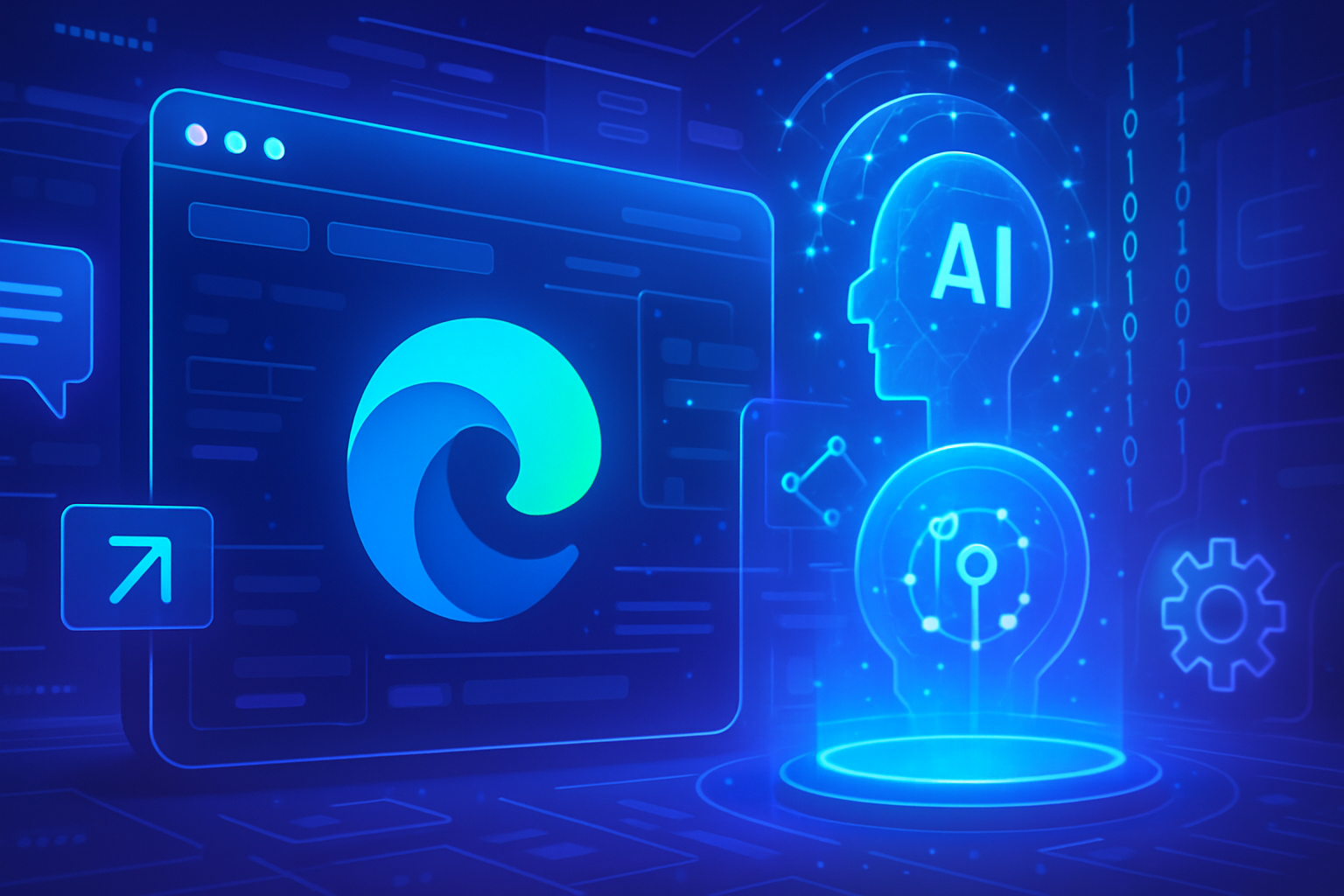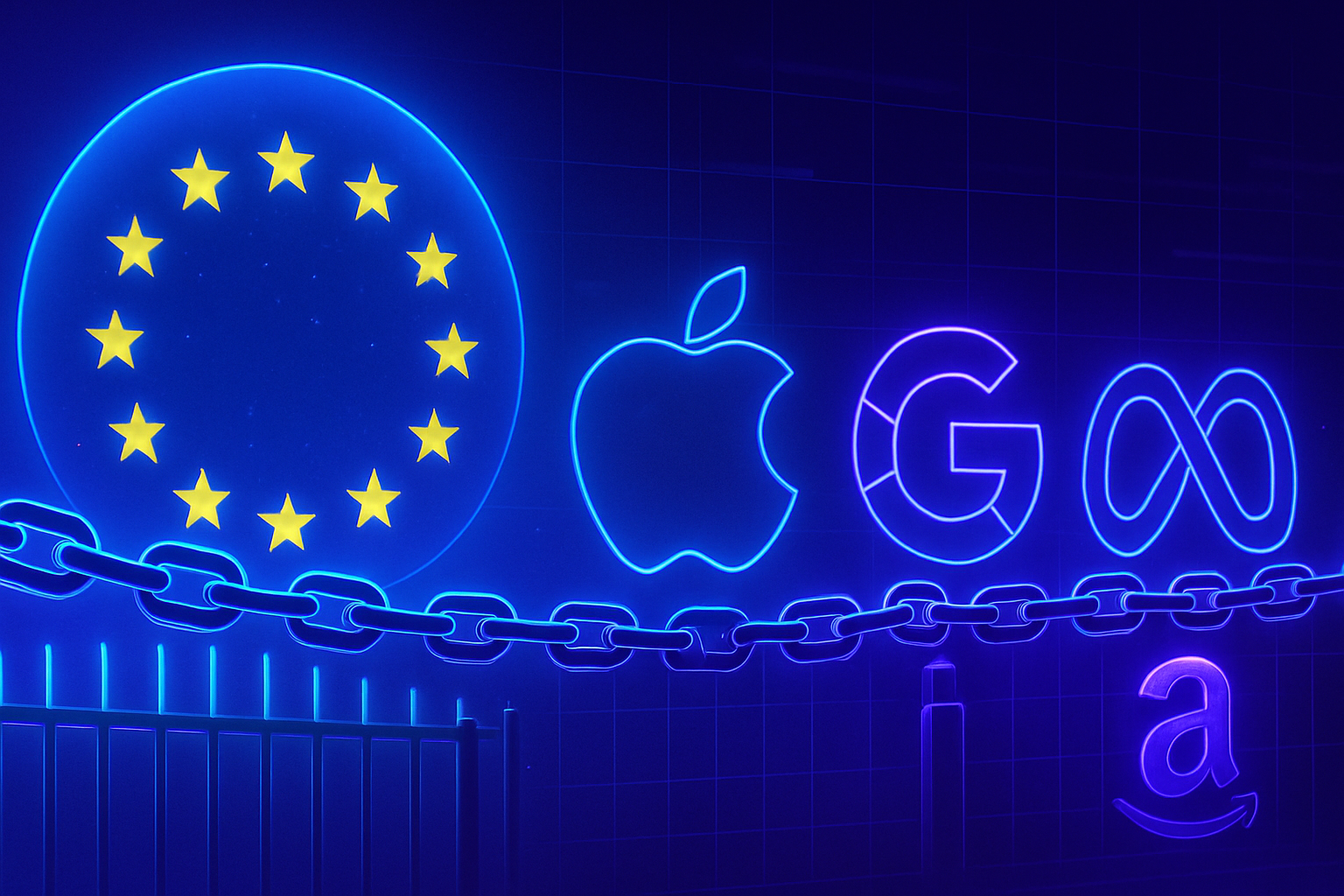The recent *dissensions* between the giants of technology highlight crucial strategic issues. The code of conduct on artificial intelligence from the EU brings significant divisions to light. Microsoft expresses its intention to adopt this *voluntary initiative, while Meta fiercely rejects these guidelines, fearing a stifling of *innovation. Each company develops a unique strategy to navigate through a rapidly evolving regulatory framework. The compliance date, set for 2025, imposes a *sense of urgency* on the sector, revealing diametrically opposed approaches to European regulation.
Conflict between technological giants
The implementation of the EU AI Code of Practice is sparking palpable tensions among major tech companies. Microsoft has expressed its intention to sign this voluntary compliance framework, while Meta has categorically refused to participate. Meta’s refusal to participate is interpreted as a fundamental opposition to regulations it deems too restrictive for innovation.
Divergent positions
Brad Smith, President of Microsoft, affirmed his support for the EU framework, stating: “We need to read the documents”, thereby emphasizing his collaborative approach. He added, “Our goal is to be supportive”, highlighting the importance of direct dialogue with the AI Bureau and the industry.
In contrast, Joel Kaplan, Director of Global Affairs at Meta, expressed his dissatisfaction via LinkedIn. He stated that “Meta will not sign” and described the code of practice as an instigator of legal uncertainties for model developers. His statement was striking, arguing that Europe would take a wrong direction in AI.
Early adoption versus abstention
The fragmented response to this regulatory initiative reveals a diversity of strategies among tech companies. Players like OpenAI and Mistral have signed the Code, positioning themselves as voluntary pioneers. OpenAI emphasized its commitment to providing capable and secure AI models for European users, thereby reinforcing its reputation as a responsible innovator.
Requirements and timeline
The Code of Practice was officially published by the European Commission on July 10. It aims to provide legal certainty to companies developing general-use AI models before the compliance obligations take effect on August 2, 2025. This framework, developed by 13 independent experts, takes into account contributions from over 1,000 stakeholders, including businesses, academics, and AI safety experts.
The requirements span three main areas. Transparency obligations require providers to maintain comprehensive technical documentation of the models. Compliance with copyright demands clear internal policies on obtaining and using training data according to EU rules. For the most advanced models, security obligations are to be expected under the “GPAI with Systemic Risk” framework.
Sanctions for non-compliance
Non-compliance with the directives can lead to significant penalties, reaching up to 35 million euros or 7% of global annual revenue, whichever is higher. Notably, providers of GPAI models may face fines of 15 million euros or 3% of their global revenue. The Commission has clarified that adherence to an approved Code of Practice would provide a simplified compliance pathway.
Reactions to the EU framework
Despite calls for a postponement of the Code from over 40 large European companies, the Commission has maintained its position. Thierry Breton, Commissioner for the Internal Market of the EU, emphasized the need for regulations that enhance consumer safety and trust in emerging technologies.
Implications for the industry
The contrasting reactions of companies indicate a plurality of strategies for navigating regulatory relationships in global markets. Microsoft’s cooperative position clashes with Meta’s confrontational attitude, suggesting potential precedents for how AI developers will interact with international regulation.
Global influence
The EU framework could also influence global AI governance standards by aligning practices with international governance developments, such as the G7 AI Process in Hiroshima. Companies operating in multiple jurisdictions will thus need to juggle innovation goals while meeting compliance obligations.
The European Commission plans to review the relevance of the Code in the near future. A final decision is expected by August 2, 2025, as the regulatory framework sheds light on potential compliance challenges as mandatory requirements come into effect.
To explore further on these topics, please refer to the following articles: An AI voice imitated Marco Rubio, The coexistence of speed and security in the race for AI: is it really possible?, What if Jesus was a vlogger?, AI companies start winning the copyright battle, The rise of zero-click searches as media traffic collapses.
Frequently asked questions
What are the main disagreements among major tech companies regarding the EU AI code?
The main disagreements concern the willingness of some companies, like Microsoft, to sign the EU AI code to comply with the directives, while others, like Meta, reject these guidelines as being an impediment to innovation.
Which companies have decided to comply with the AI code and who opposes it?
Microsoft and OpenAI have chosen to comply with the AI code, viewing it as a means to ensure the safety and responsibility of AI models. In contrast, Meta refuses to sign the code, calling it a source of legal uncertainties for model developers.
What are the implications of the AI code for companies developing AI models in Europe?
The AI code imposes transparency obligations, copyright compliance, and security requirements. Companies will need to document their data sources and establish policies to manage risks associated with their AI systems.
What are the risks of non-compliance with the EU AI code?
Companies that do not comply with the AI code may face fines of up to 35 million euros or 7% of their global annual revenue, representing an incentive to establish rigorous compliance practices.
What is the deadline for compliance with the EU AI code?
Compliance with the EU AI code must be achieved by August 2, 2025, when the enforcement of obligations will become mandatory for AI model providers.
How will the AI code influence global AI development?
The AI code could establish European standards that will potentially influence international AI regulations, creating benchmarks for other countries and organizations worldwide.
What are the potential benefits for companies that adopt the AI code early?
Companies that adopt the AI code early will benefit from a simplified compliance pathway, which could provide them with regulatory predictability and a competitive advantage within the European AI ecosystem.





